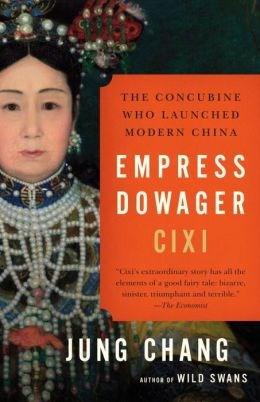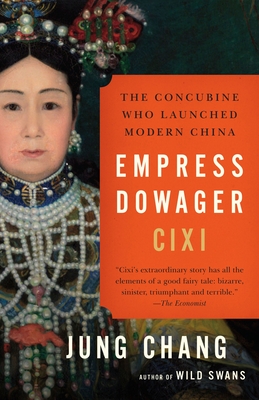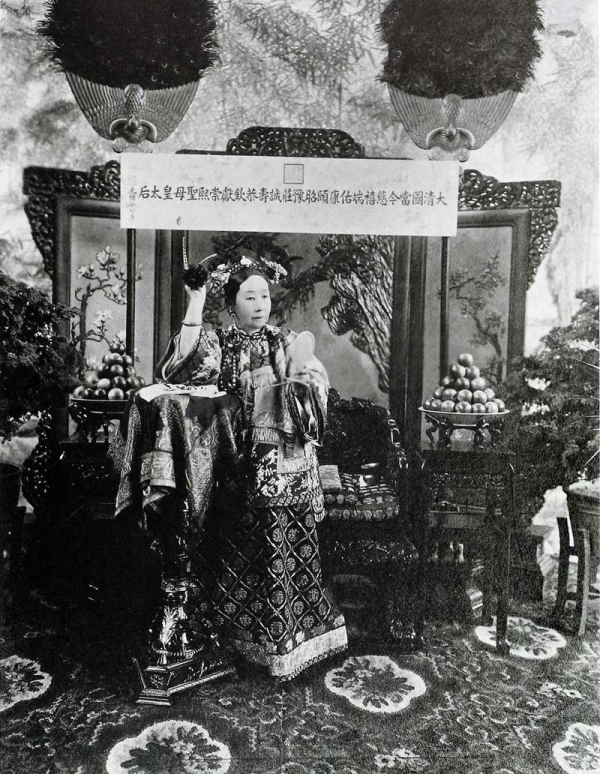

Intermarriage was prohibited, which in a family-oriented society meant there was little social intercourse between the two groups. The ethnic animosity diminished – even though top jobs remained in the hands of the Manchus. In the capital, the conquerors pushed the Han out of the Inner City, to the Outer City, and separated the two ethnic groups by walls and gates.* The repression lessened over the years, and the Han generally came to live a life no worse than that of the Manchus. Anyone who refused to wear the queue was summarily beheaded. The Han men traditionally grew their hair long and put it up in a bun, but the Manchu men shaved off an outer ring of hairs, leaving the centre part to grow and plaiting it into a trailing queue. They forced the Han males to wear the Manchu men’s hairstyle as the most visible badge of submission. The Manchu conquerors, outnumbered by the indigenous Chinese, the Han, by approximately 100:1, imposed their domination initially by brutal means. Taking over the Ming capital, Beijing, as their own, the victorious Manchus went on to build an empire three times the size of the Ming empire, at its peak occupying a territory of 13 million square kilometres – compared to 9.6 million today.

They defeated the peasant rebels, occupied the whole of China and set up a new dynasty called the Great Qing – ‘Great Purity’. The Manchus seized the opportunity to smash across the Great Wall. In 1644, the Ming dynasty in China was overthrown by a peasant rebellion, and the last Ming emperor hanged himself from a tree in the back garden of his palace. The Manchus were a people who originally lived in Manchuria, beyond the Great Wall to the northeast.


She came from one of the oldest and most illustrious Manchu families. This was her honorific name and means ‘kindly and joyous’. She was the Empress Dowager Cixi (also spelt Tzu Hsi). In fewer than ten years, however, this girl, whose name may have been lost for ever,* had fought her way to become the ruler of China, and for decades – until her death in 1908 – would hold in her hands the fate of nearly one- third of the world’s population. Female names were deemed too insignificant to be recorded. In the court registry she was entered simply as ‘the woman of the Nala family’, with no name of her own. A Chinese emperor was entitled to one empress and as many concubines as he pleased. In spring 1852, in one of the periodic nationwide selections for imperial consorts, a sixteen-year-old girl caught the eye of the emperor and was chosen as a concubine. Chapter One, Concubine to an Emperor (1835–56)


 0 kommentar(er)
0 kommentar(er)
